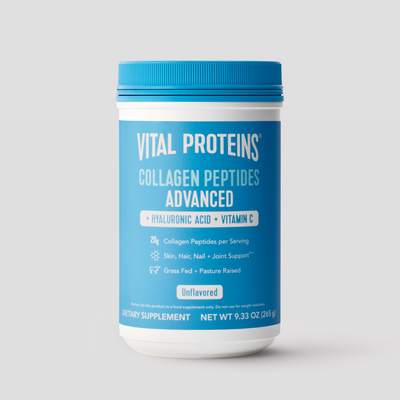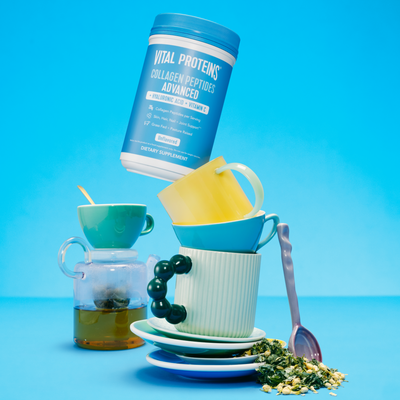Believe it or not, doing a round of the Whole30® does not have to drain your bank account!
One of the most common concerns I hear as a Whole30 Certified Coachis related to the cost of shopping for a Whole30. Isn’t doing a Whole30 round expensive? Don’t I have to buy all organic meats? How can I afford to eat Whole30?!
I’m here to tell you that completing a round does not have to push your budget into the red! Many people find that they end up spending LESS on food during a Whole30 than other months. Keep reading for doing your next round affordably.
1. Let good enough be good enough
Not every meal has to be fancy, Instagram-worthy and complete the color rainbow. You CAN stick to the Whole30 template for your meals and eat leftover meatballs over spinach, carrot sticks and peppers dipped in homemade ranch, and a few almonds. Don’t think fancy - think compliant.
2. Follow the rules and let go of the recommendations
Although ideally your meat and produce would be organic and of the best quality, it’s a common misconception that you MUST buy organic to follow the Whole30 rules. You can absolutely eat conventional meat, eggs and produce and stick to the Whole30 plan!

3. Meal plan and make large portions for leftovers
Making your own food is always cheaper than buying it. Roast up several pounds of chicken thighs at a time and use them on top of salads, with zucchini noodles and to make a chicken salad. You can freeze double portions of sweet potato chili, tomato soup and your favorite apple turkey breakfast patties.
4. Skip convenience products
It can be so tempting to buy a bunch of meat sticks, bars and individual nut butters to make your Whole30 seem easier. While some of them are worth the cost and it’s always a good idea to have compliant food on hand, treat these like a real emergency option instead of relying on pre-packaged items.
5. Embrace cheaper options
Stock up on eggs! Seriously, eat eggs if you can tolerate them because they are such a cheap source of filling protein. Use store brand items when the ingredients are compliant. During my first Whole30, I made a special trip to buy compliant mustard from a fancy store. It turned out that the one in my fridge from Aldi was already compliant!
6. Choose your priorities
I don’t mind making my own salad dressings, mayo and marinades. I save money on those purchases, so I can buy things I truly believe are worth it. I buy Vital Proteins Collagen Peptides because I’ve tried other brands and I would rather save somewhere else in my budget!
7. Shop around
I will price shop my staples at several stores and check out the ads before shopping. I buy a lot of meat and produce at Costco (even my Vital Proteins!), order some things from Thrive Market, and find a lot of compliant items at low prices at Walmart, Target and Aldi.
8. Factor in savings from going out to eat
I’ll be honest - it’s hard to go out to eat while doing a Whole30. It’s not impossible, but it will take some extra effort and planning! If you go out to eat even once or twice a week, add those dollars back into your grocery budget. In time you may prefer your own home cooked Whole30 meals.

9. Put in the extra work
Your time is money and if you are willing to cut your own veggies, break down a whole chicken into parts, make your own stock and make your own salad dressings, you will save considerable amounts of money. Put your headphones in to listen to your favorite podcast or play your favorite TV show while you work!
10. Utilize your library
Keep yourself out of a Whole30 food rut and check out a few Whole30 approved or endorsed cookbooks from your local library. I highly recommend checking out Food Freedom Forever or The Whole30 Day by Day to have on hand during your Whole30 to keep you motivated!
Keep Whole30-ing on!
















